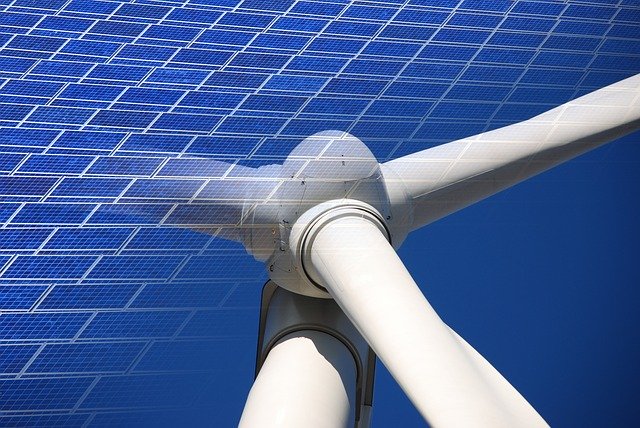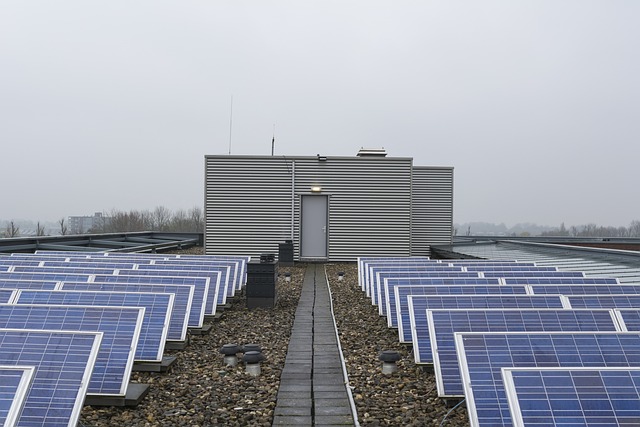
Solar generated 11% of EU electricity in 2024
London, January 28, 2025, (Oilandgaspress) –––The transition of the EU electricity sector maintained momentum in 2024, despite challenging political and economic conditions. Solar power grew strongly and overtook coal power for the first time. Another year of coal and gas decline – the fifth year in a row for gas – cut EU power sector emissions to below half their 2007 peak and further reduced reliance on imported fossil fuels. Significant progress has been made over the last EU political cycle, but delivery needs to be accelerated.
The European Green Deal has delivered a deep and rapid transformation of the EU power sector. Driven by expanding wind and solar power, renewables have risen from a share of 34% in 2019 to 47% in 2024, as the fossil share declined from 39% to a historic low of 29%. Solar remained the EU’s fastest growing power source in 2024, rising above coal for the first time. Wind power remained the EU’s second largest power source, above gas and below nuclear. The significant progress has brought benefits beyond reducing emissions. Structural growth in wind and solar power has reduced the EU’s fossil import bill and the bloc’s vulnerability to imported gas. While the progress made in the first half of this decade is impressive, an acceleration is needed between now and 2030.

Solar was the fastest growing EU power source in 2024; capacity additions hit a record high and generation was 22% higher than in 2023. Solar (11%, 304 TWh) overtook coal (10%, 269 TWh) for the first time in 2024, meaning coal has fallen from being the third largest EU power source in 2019 to the sixth largest in 2024. This trend is widespread; solar is growing in every EU country, while coal is becoming increasingly marginal. More than half of EU countries either have no coal power or a share below 5% in their power mix. Accelerated clean flexibility and smart electrification are needed to sustain solar growth.
Gas power generation declined for the fifth year in a row – despite a small rebound in electricity demand. Combined with another coal decline, this cut total power sector emissions in 2024 to below half of their 2007 peak. This sustained decline has played a key role in reducing total EU gas consumption by 20% in the past five years: about a third of this decline occurred in the power sector. Without wind and solar added in 2024, EU gas consumption for power would have been 11% higher.
In five years of the European Green Deal, a surge in wind and solar generation is the main reason for declining fossil generation. Without wind and solar capacity added since 2019, the EU would have imported 92 billion cubic metres more of fossil gas and 55 million tonnes more of hard coal, costing €59 billion. To maximise future benefits, Member States must continue to implement reforms to accelerate wind power deployment, as delivery currently risks falling short despite cost competitiveness.
Information Source: Read More
Oil and gas press covers, Energy Monitor, Climate, Gas,Renewable, Oil and Gas, Wind, Biomass, Sustainability, Oil Price, LPG, Solar, Marine, Aviation, Fuel, Hydrogen, Electric ,EV, Gas,

